Why Your Engine Won’t Rev Past 4000 RPM
It signifies improper performance when an engine won’t rev higher than 4000 RPM and is usually accompanied by other symptoms, especially power loss.
Let’s go through each of these possibilities in more detail and also some pointers on finding out if one of these is the actual culprit.
1. A Restriction in the Exhaust System
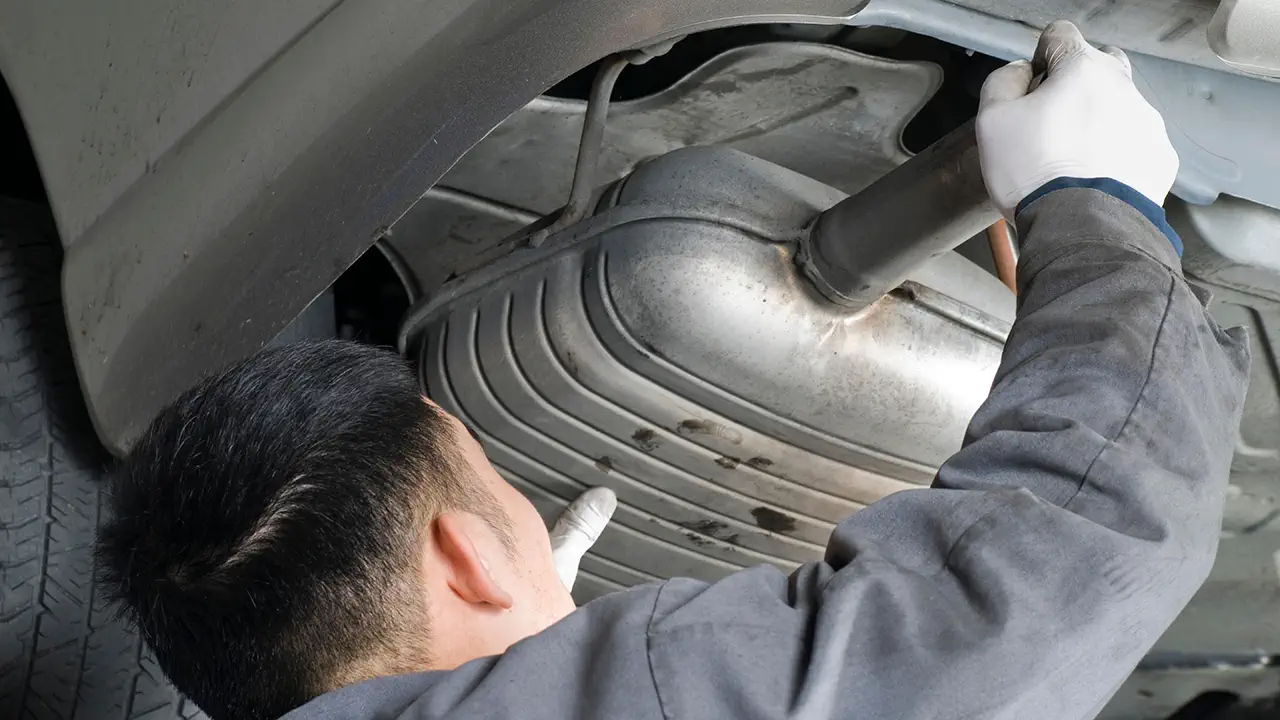
If exhaust gasses cannot flow free enough from the engine to the tailpipe outlet, you won’t be able to get your engine to rev up.
Vehicles that don’t do long enough trips and an aged exhaust system sometimes end up with carbon or sludge build-up in parts.
There are a few places the exhaust system can have restrictions:
- The muffler: A muffler is a chamber designed to reduce the noise of the engine that can eventually get clogged.
- Catalytic converter: A chamber usually located close to the engine end under the vehicle that helps control exhaust emission can get clogged up.
- Exposed areas that can get damaged: Crushed areas from driving over bad terrain.
As mentioned, it’s not only the build-up of carbon that can cause exhaust restrictions. Exposed areas of the exhaust can receive physical damage that can collapse a spot, causing severe enough flow restrictions.
If you live in cold areas, check that you don’t have an iced-up tailpipe area.
When you rev up your car, you should feel a good flow out the back of the tailpipe. If you have any suspicions that there might be a restriction, check it out immediately before damage is incurred to your engine.
2. The ECM is Faulty
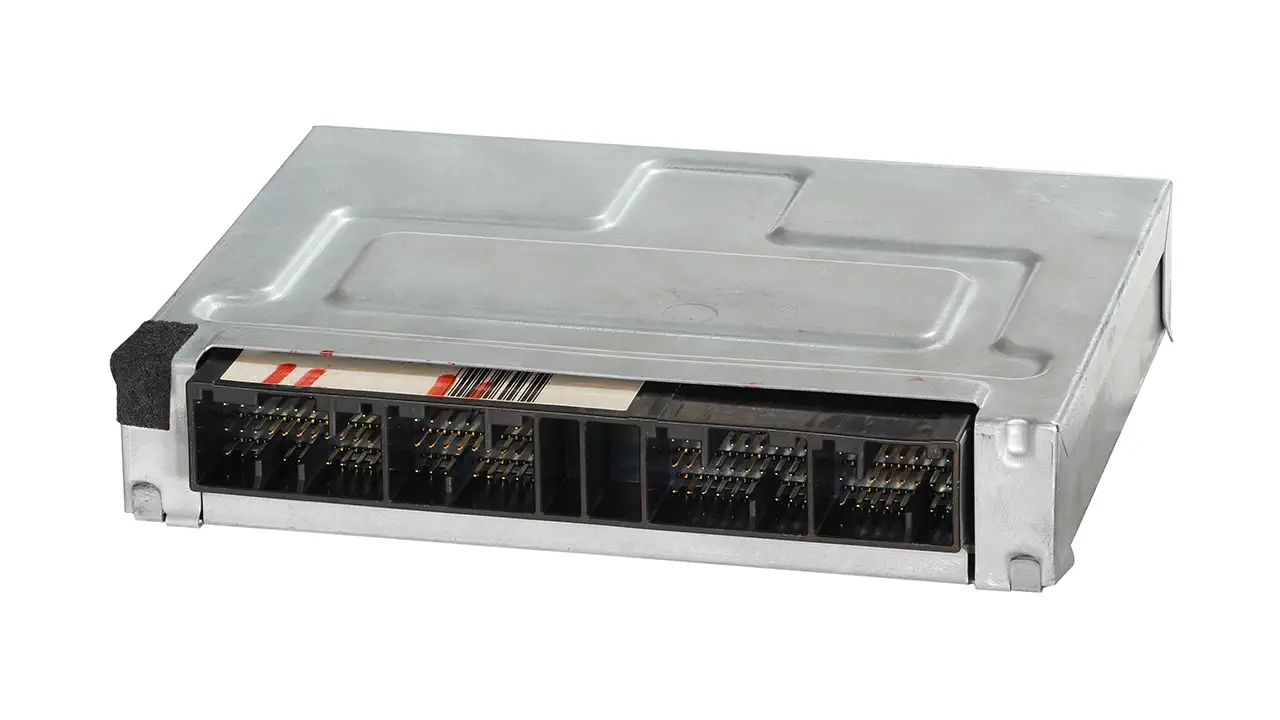
If you experience stutters, misfiring, poor starting, loss of power, or engine revving issues, your ECM might be the cause of the problems.
Of course, there are more symptoms that can be caused by a faulty ECM.
To diagnose this problem, you will need an auto electrician or car repair workshop to plug in a diagnostic tool to check any error codes.
If it isn’t the ECM itself, it may provide a clue as to the cause for the engine not being able to rev.
So it might not be a direct ECM fault, but something causing the ECM to react a certain way.
It may be registering some irregular reading from a sensor that could be causing it to activate a limp mode.
Limp mode helps avoid potential risks of further damage by reducing engine power that only allows a certain capped speed or performance. Other functions of the vehicle may be limited like air conditioning for example.
So it might be worthwhile to have it checked and go from there.
3. Clogged Fuel Injectors Need Servicing or Replacing

Blocked or faulty fuel injectors can affect the car’s starting and gas mileage, erratic behavior regarding RPM, or idling issues like rough idling or idle speed dropping very low.
You may see an engine warning light appear on your dash.
A repair shop may be able to clean or service the injectors, but if replacement is the only way out, it may get expensive.
If you are so inclined, you may be able to get a cleaning kit to clean the injectors yourself.
4. Misadjusted Engine Ignition Timing
If the ignition timing is incorrectly adjusted, you can experience incorrect idle speeds and a variety of performance issues.
If the timing is too far advanced, your engine will make a small knocking sound when you accelerate or drive up a steep hill.
If the ignition timing is too far retarded, you will experience a loss of power. It is possible in some cases that you won’t be able to get your engine to rev.
You can get a mechanic to check the timing, it should be a small and inexpensive job. However, if you purchase a timing light, you will be able to keep an eye on your ignition timing for a lifetime.
5. Incorrect Valve or Camshaft Timing
Apart from revving or poor performance issues, misadjusted valve timing can cause bent valves. It can happen after a timing belt or chain is changed.
If the engine is still running rough after a timing correction, you may have bent valves.
6. Malfunctioning timing advance unit
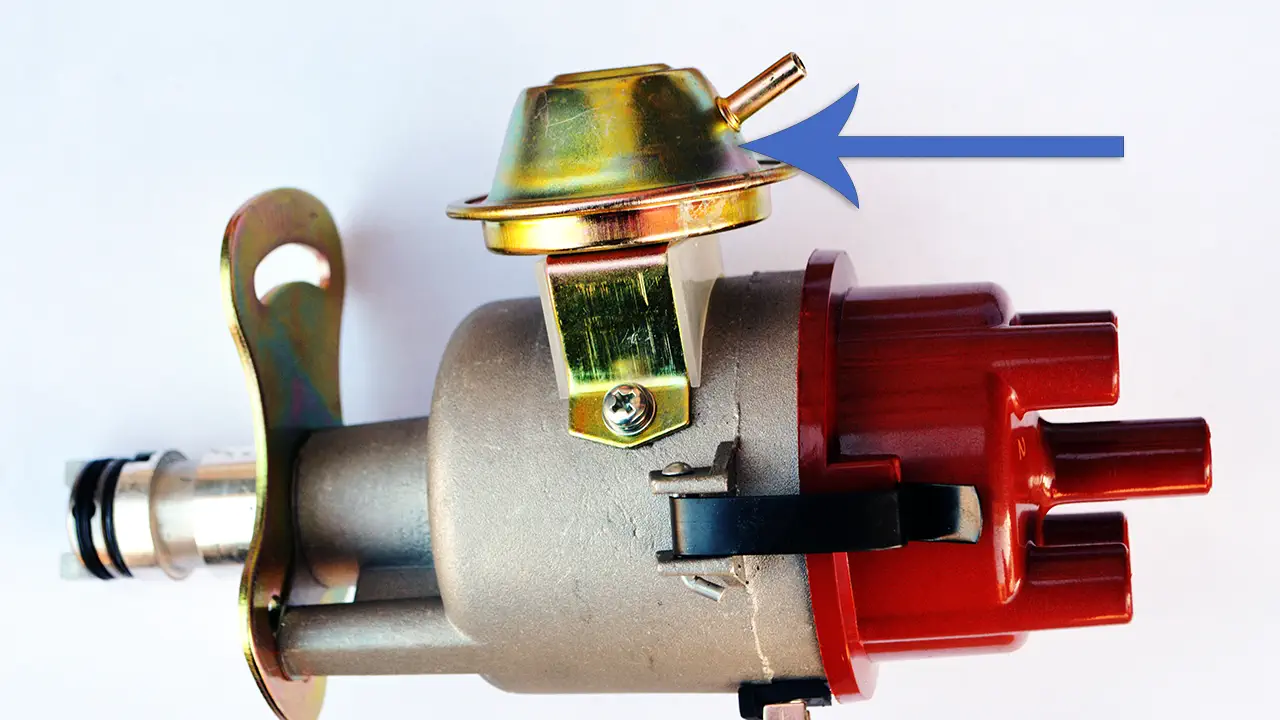
Whether your vehicle has a mechanical or vacuum advance unit, a malfunction in either one can cause serious enough performance issues for your engine not to rev past 4000 RPM.
The advance unit advances the ignition timing based on the load and RPM your engine is experiencing.
If it is unable to deliver enough advancement for the ignition timing, the engine will lose power and thus not continue to rev as it should.
Common advance unit faults:
- A broken or split diaphragm on vacuum advance units.
- Broken or worn counterweight springs.
- A sticking mechanism can apply to both types.
A repair on these units usually isn’t expensive and can even be done by a novice once the correct replacement parts have been obtained.
7. Worn Out Valve Springs
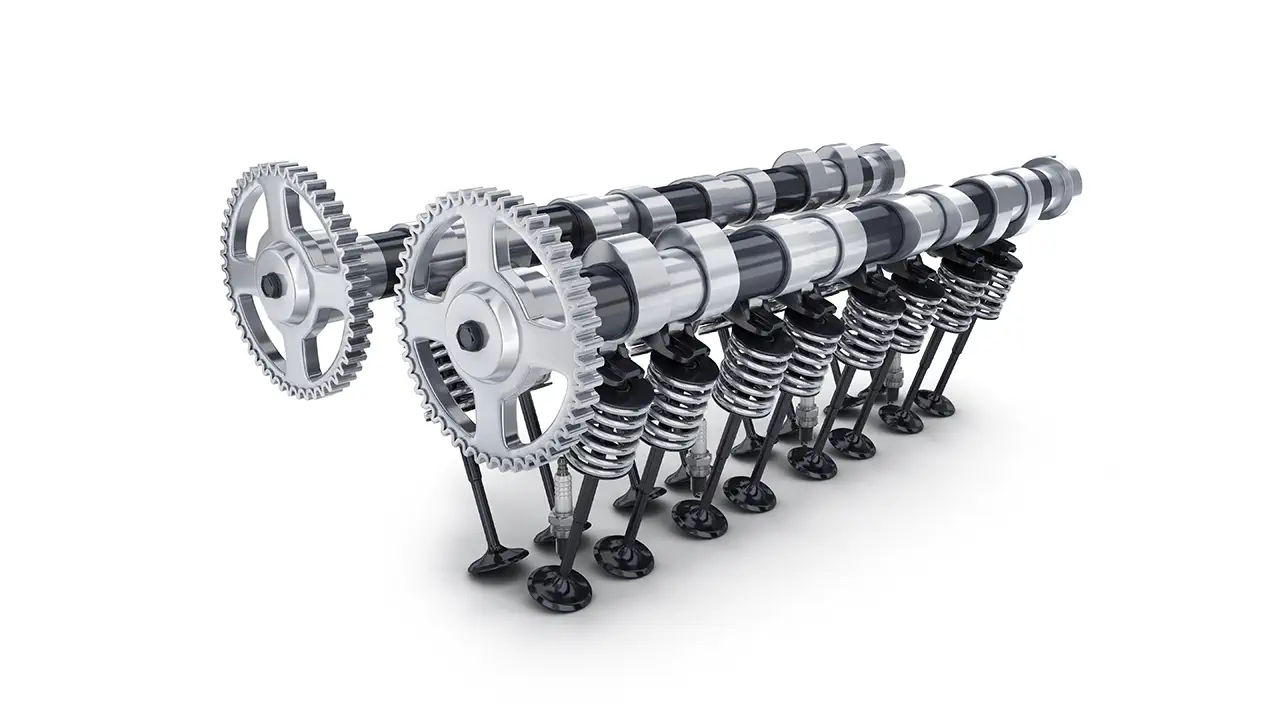
When valve springs become weak they fail to provide the proper tension to ensure a valve closes reliably enough when they are supposed to be.
So something like valve bounce can occur causing improper valve positions at the wrong time causing a limiter effect when revving your engine.
It may very well hit a certain RPM and not rev reliably past that point.
Valve springs aren’t terribly complicated or expensive to replace, so if you have some mechanical experience and feel confident in trying to solve it yourself, it is most certainly possible with enough research beforehand.
You don’t need to remove the cylinder head to do this, reducing the amount of work considerably.
It will be wise to replace the valve seals while you are at it. This will help avoid the puff of smoke you see when starting your vehicle for the first time in the day.
An overhead valve spring compressor is a handy tool for this job to help make compressing the valve spring easier to remove the retainers.
Important: Be careful not to let the valve drop once removing the valve springs. You don’t want it dropping inside the cylinder, as it will require removing the head to retrieve it.
A common trick to avoid this is by rotating the engine to bring the piston down the stroke, filling the cylinder with some rope (through the spark plug hole), and returning the piston back near the top of the stroke before working on the valves corresponding to that specific cylinder.
You will need to repeat the process with each cylinder after completing the work on the previous one and removing the rope afterward.
8. Malfunctioning Variable Valve Timing
Variable valve timing helps an engine obtain peak valve timing depending on load and RPM.
If this is not functioning properly, you could experience a lack of revving potential. Of course, it depends on specific conditions for this to occur.
Mechanics know the effects of bad valve timing, and a variable valve timing that isn’t working properly can give you a similar outcome.
A service professional would best solve this kind of problem as it can get a little complicated depending on the type of variable valve timing system to diagnose and repair.
9. Failing Ignition Coil
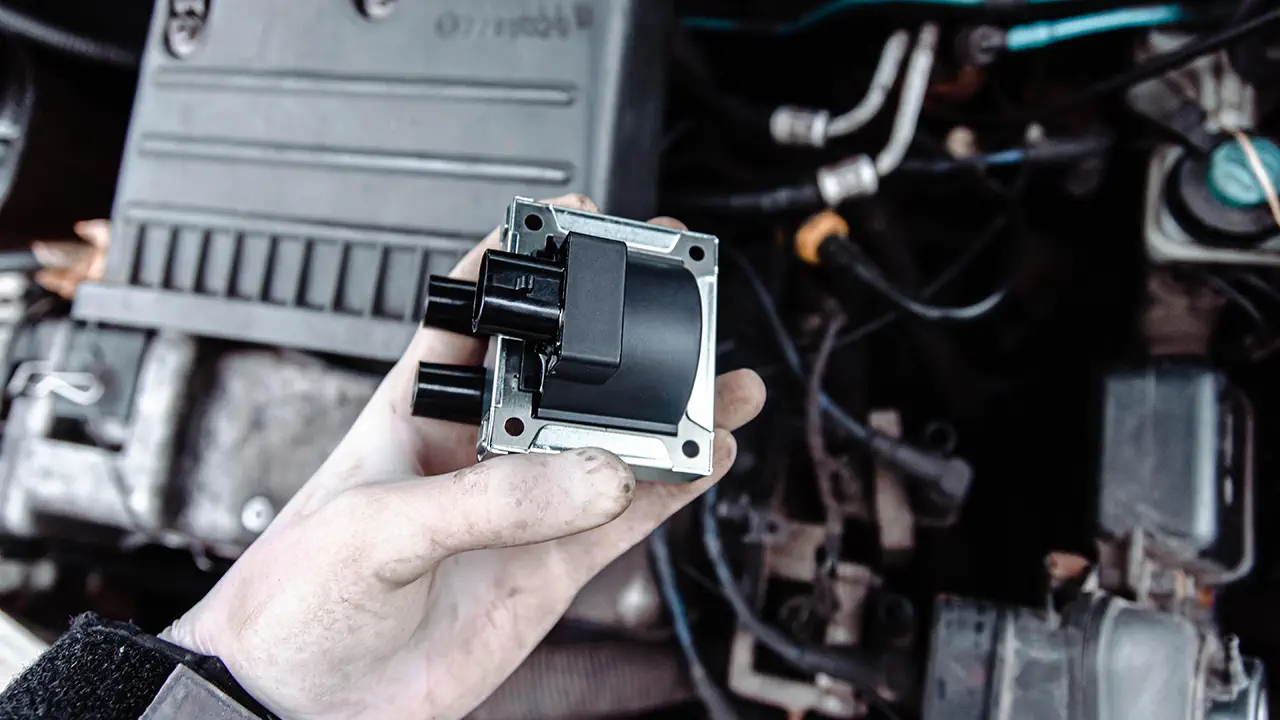
A failing ignition coil can present a host of various symptoms. One of them is the engine cannot rev past a certain point.
This happens when the coil cannot produce a high enough high tension voltage to supply the spark plug adequately.
A weaker spark means less efficient combustion, leaving more unburnt fuel and less power delivered on the power stroke.
Replacement shouldn’t be too expensive for most vehicles and is quite an easy job in most cases.
10. Faulty Mass Airflow Sensor
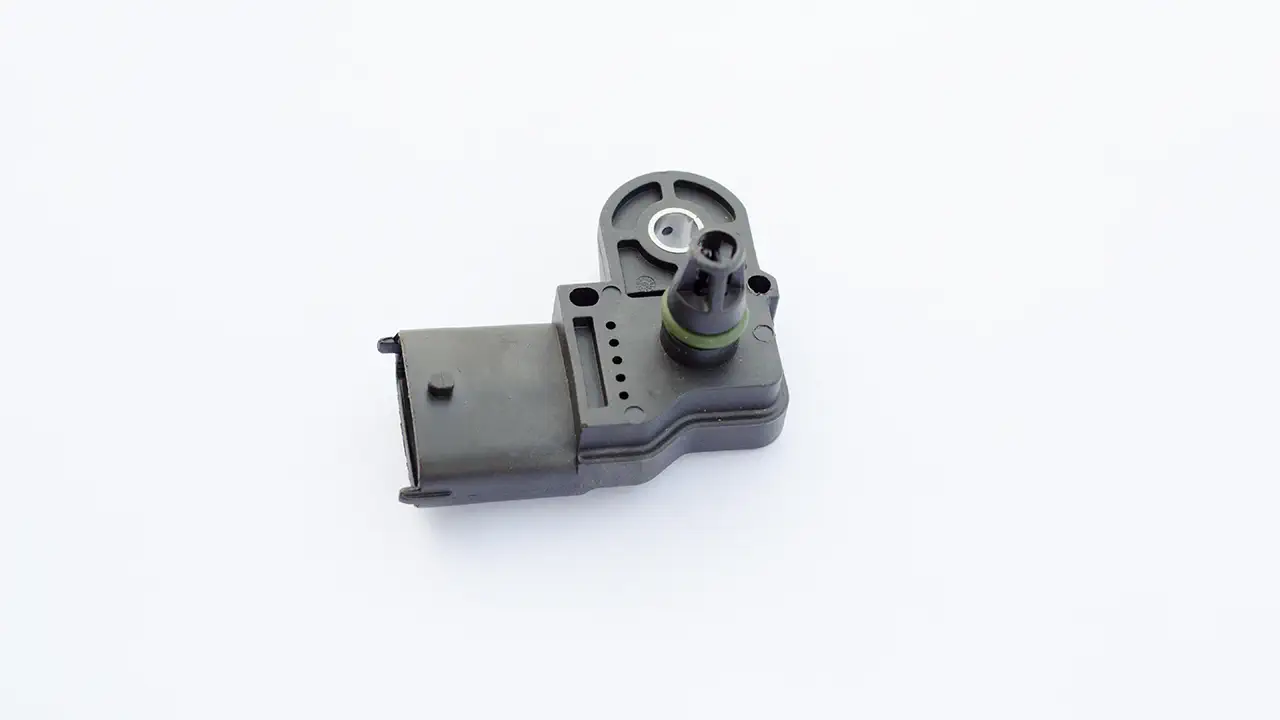
A mass airflow sensor detects the amount of air being taken through the intake of the engine. This helps the ECU know how to adjust the air-fuel mixture ratio.
It does so by taking the measurement of the mass airflow sensor, evaluating it in conjunction with data from other sensors, and instructing the fuel injection system on how to best operate.
If this sensor malfunctions, you can have a fuel mixture ratio that’s out, causing the engine to perform poorly and displaying symptoms like poor revving, fouling up spark plugs, poor starting, and trouble getting it to idle reliably or smoothly.
11. Blocked Up Fuel Filter
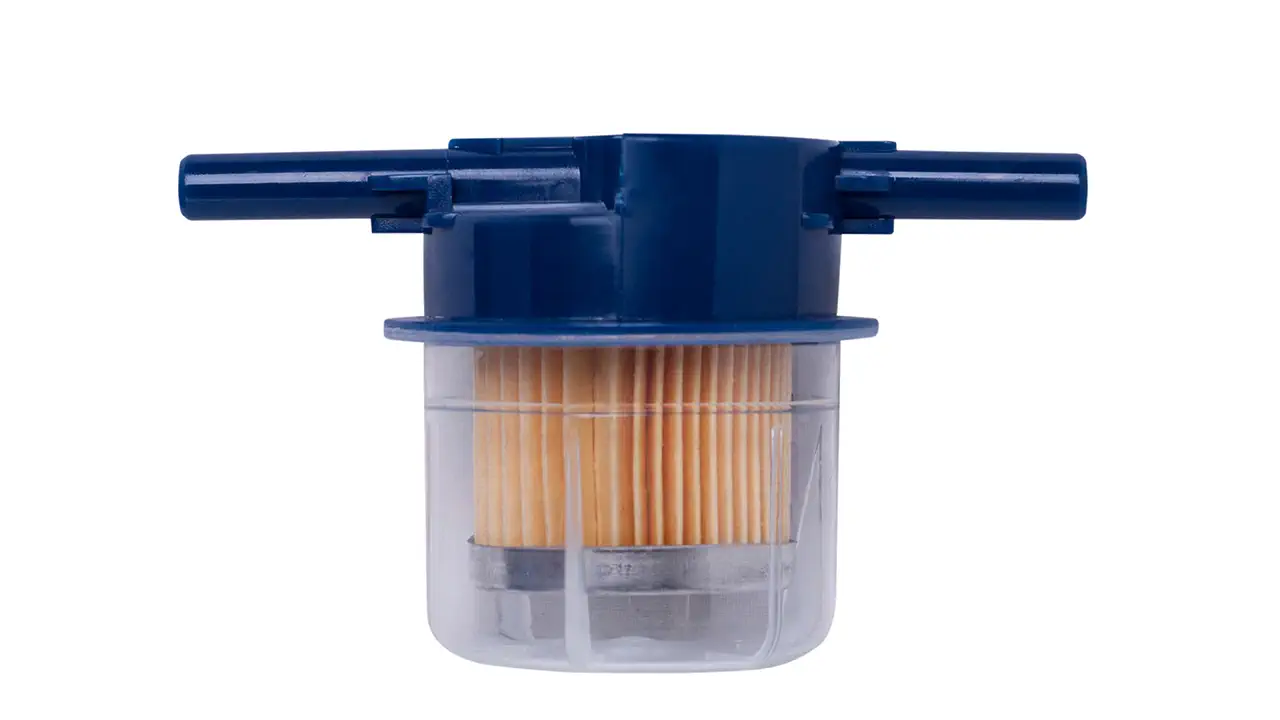
A fuel filter needs replacing every 20,000 miles or so. So if you are in doubt that the fuel filter has been changed regularly, replacing it is highly recommended.
It is easy enough for most people to do and is light on the wallet.
This is usually a good place to start for many faults to do with the proper running of an engine.
12. A Malfunctioning Fuel Pump

Fuel pumps can wear, and when this happens, can cause an inadequate amount of fuel to get to the engine.
Fuel starvation can easily cause an engine not to rev properly and can cause it to turn off completely at times.
Replacement fuel pumps are usually not expensive, but I recommend letting a professional handle the replacement, as the repair entails working directly with the fuel tank.
Proper checks need to be done to make sure there’s no leaking from the fuel tank after the repair has been carried out.
13. Accelerator Position Sensor Malfunctioning

Some vehicles rely on an electronic sensor to determine where the accelerator is positioned. In such a case, these sensors can go faulty and send incorrect information to the ECM to tell the electronic throttle control on the engine how much to open.
And saying that, the electronic control on the engine is another component that causes the same problem.
So both will need to be inspected to see which one of the two is causing the problem.
A good auto electrician can run the proper tests to figure this out. This is another example of a repair that will most likely not be too expensive to fix.
14. Contaminated Fuel
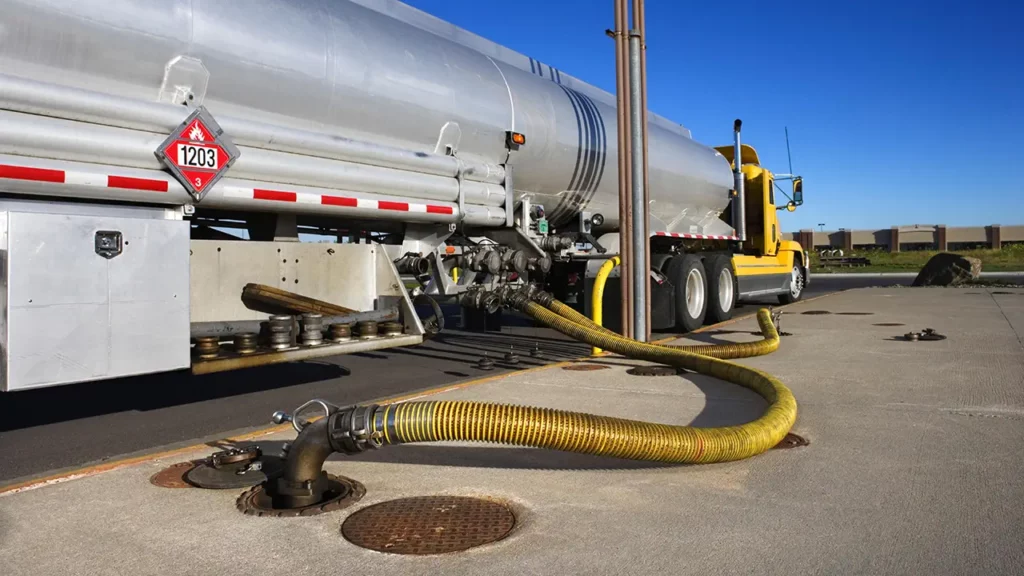
Having contaminants in the fuel tank can cause varying symptoms to occur based on what kind of foreign substance has made its way into the fuel tank.
Luckily a fuel filter does a good job of preventing most bad contaminants from entering the engine, but there are some things you never want to find themselves in your gas tank.
Some contaminants can also damage the fuel pump. So if you find that your fuel pump has mysteriously gone faulty one day, have the fuel checked in the gas tank.
Sometimes fuel can be contaminated by a new supply of gas at the gas station.
If you suspect your vehicle’s fuel has been compromised at any time, keep the engine turned off until you can get the all-clear from a certified professional.
Conclusion
And that wraps up my list of top causes of an engine not being able to rev past 4000 RPM.
I hope it helps and that you have figured out the culprit causing the problem in your case.
Most of these repairs shouldn’t be expensive, so this should be a fairly inexpensive repair in most cases.
